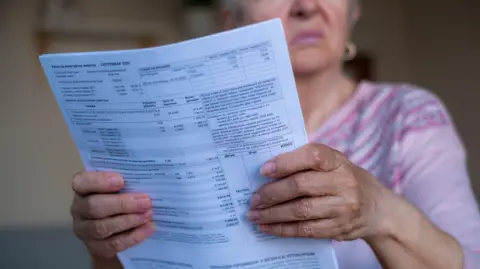### The Economic Implications of Labour’s U-Turn on Disability Benefits
In a significant policy revamp, Labour’s recent U-turn regarding disability benefits has raised various concerns about its financial implications and broader socio-economic consequences. Originally, the Labour Party’s welfare reform strategy aimed to tackle the gargantuan expenditure associated with disability benefits, which was primarily driven by burgeoning costs. The chancellor sought to meet self-imposed borrowing targets, prompting a drive to implement cuts that were expected to streamline the welfare system. However, the latest decision indicates a rollback on some of these measures, leading to essential inquiries about the U-turn’s effectiveness in enhancing stability and credibility.
#### Initial Plans versus Current Reality
The initial plan was aggressive, with expectations to realize savings of £5 billion by the fiscal year 2029-30. However, under the restructured approach, it appears that welfare reforms will yield savings of roughly £2 billion annually. This significant reduction in expected savings corresponds predominantly to a re-evaluation of the proposed cuts on Personal Independence Payment (PIP) eligibility, which was projected to save £4.5 billion. Now, the reforms will only impact new claimants starting November 2026, thus protecting approximately 370,000 of the current 800,000 claimants, as estimated by the Department for Work and Pensions (DWP).
#### Changes to Assessment Criteria
Moreover, another alteration involves the assessment procedure for PIP applicants. Previously, applicants would be evaluated based on tasks such as meal preparation, personal hygiene, and dressing—a scoring system ranging from zero for no difficulty to twelve for the most severe cases. The new system stipulates that individuals must achieve a minimum of four points in one activity instead of qualifying through a broader range of tasks, complicating the process for applicants significantly. Rebel leader Meg Hillier and government officials have indicated that this four-point threshold would be developed in collaboration with disability charities. This co-production process raises concerns regarding the clarity and implementation of the scoring criteria, potentially diluting the initially projected savings from the modifications.
#### Broader Financial Impact
In addition to the aforementioned changes, the modification of Carer’s Allowance stands to substantially affect the overall budget. With existing estimates suggesting an additional cost of about £2 billion, the cumulative financial ramifications of these changes become more pronounced. Labour’s earlier reforms related to universal credit were initially poised to accumulate £3 billion in savings by 2029-30, but with recent U-turns, existing recipients will now benefit from an increase in line with inflation, which significantly adjusts the savings forecast. This overhaul could ultimately cost up to £1 billion.
#### Uncertainty and Future Projections
The government has committed to expediting investments in employment, health, and skills to bolster opportunities for those on health benefits to transition into the workforce. This initiative offers a semblance of coherence against the backdrop of these reformative changes and represents a departure from mere austerity.
However, the unpredictability surrounding the original cost assessments persists. Factors such as claimant behaviour and the specific number of individuals who will effectively qualify under the new criteria create substantial uncertainty. Current analyses suggest that the adjusted cost of the agreement might surpass half of the anticipated savings of £5 billion, potentially settling in the £2.5 billion to £3 billion range.
#### Conclusion: A Financial Tightrope
As the government braces for scrutiny from the Office for Budget Responsibility in light of the upcoming Budget announcement, it is crucial to reflect on the overarching implications of the U-turn on disability benefits. With the added burden of a £1.25 billion cost arising from a previous policy reversal concerning winter fuel payments, the potential for increased taxation or cuts in other governmental sectors looms ever closer. The challenge lies ahead for the Labour Party and the Chancellor, as they navigate this complex economic landscape while aiming to maintain fiscal responsibility amidst significant policy shifts.











